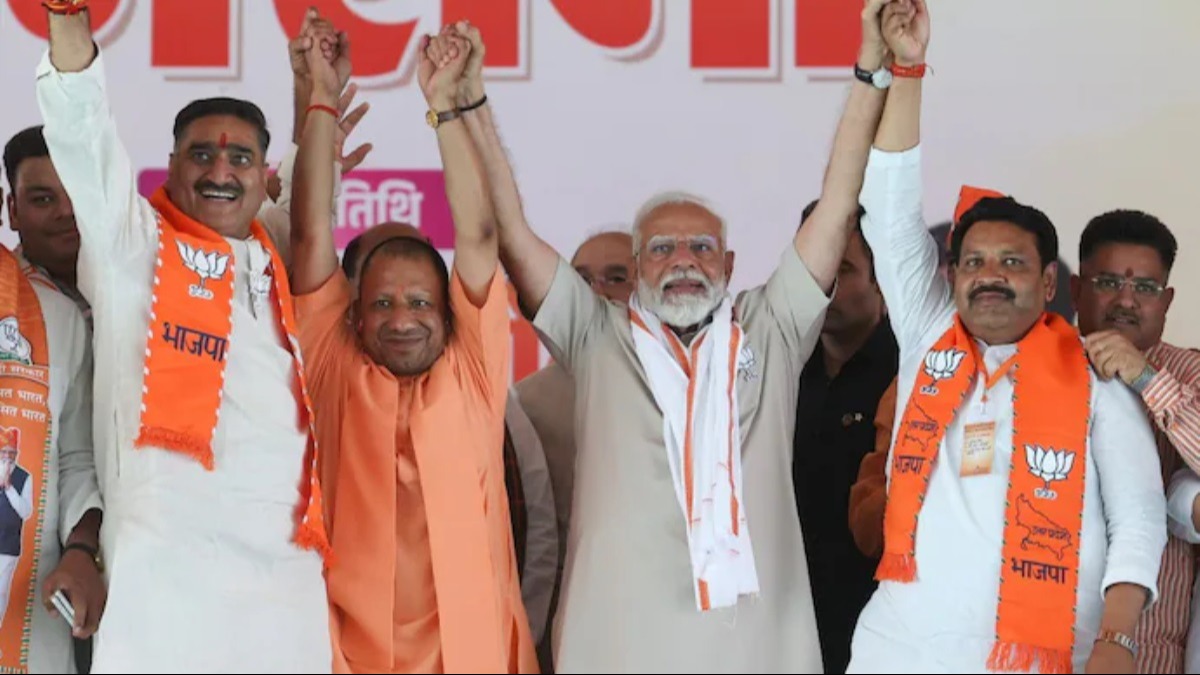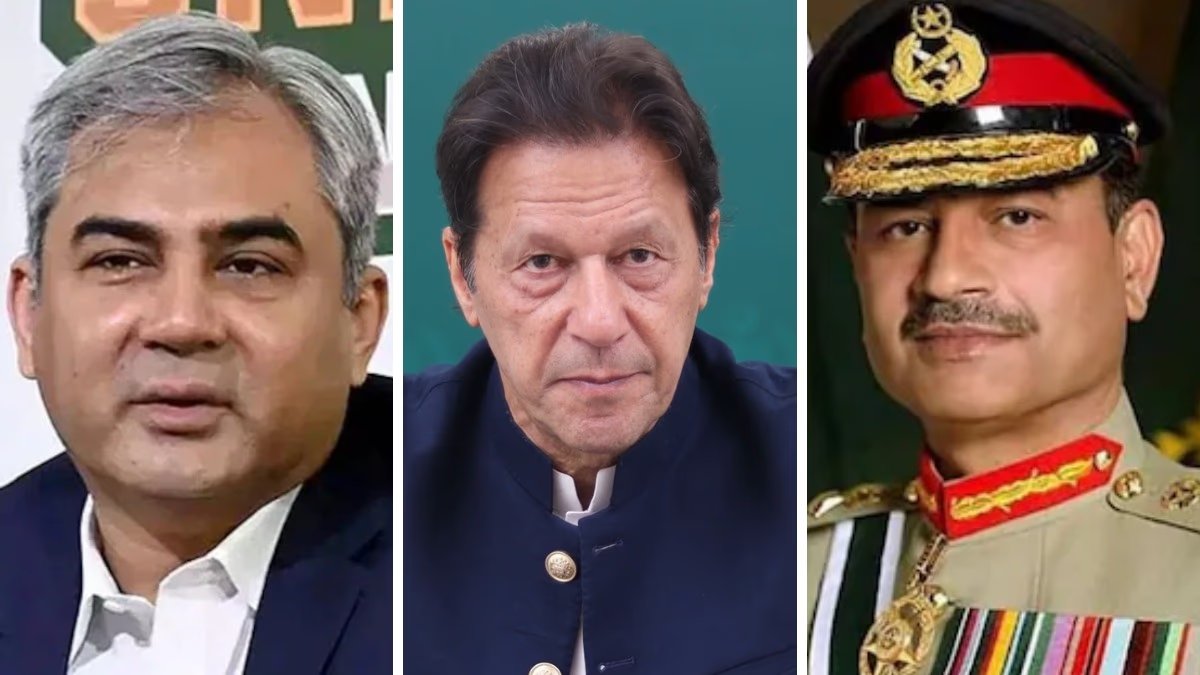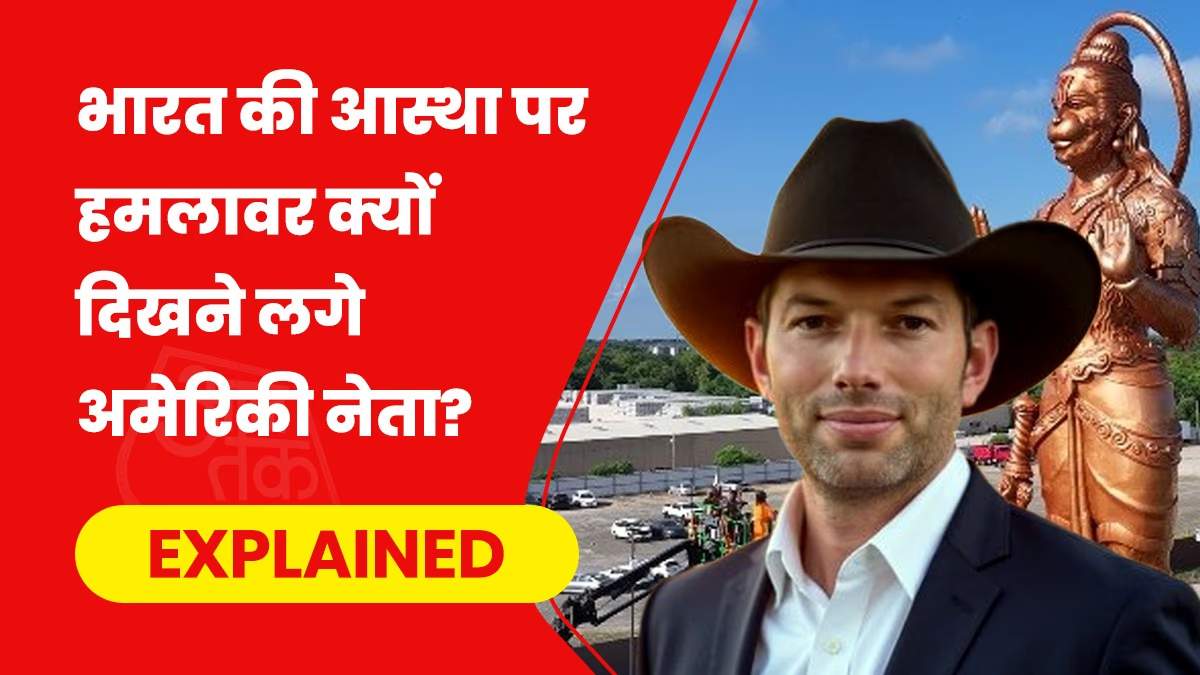In Aligarh today, Prime Minister Narendra Modi, while addressing an electoral gathering, not only counted the achievements of the BJP government but also appealed to the public to vote in large numbers. He even went as far as to suggest that voting should be the day's first task before any other work. Was this insistence on early morning voting a result of the low turnout in the first phase of voting? Last Friday's voting saw about a 63% turnout, whereas the same seats in the 2019 general elections witnessed a turnout of 66.44%.
It's a commonly held belief that low voter turnout is unfavorable for BJP. However, interpreting this year's decrease in voting proves to be more complex. Various reasons underlie this trend. Let's delve into why the low voter turnout is causing concern, not just for the ruling party but also for the opposition, which has upset the electoral calculations of all parties. Therefore, Modi's concern is quite natural. Speculations are rampant about whether the low voter turnout will benefit or harm parties.
Analyzing past data shows that urban areas, particularly in Tamil Nadu, have registered lower voting. Both BJP and the opposition claim their voters are turning out enthusiastically. Generally, high voter turnout is indicative of a call for change, while a lower turnout suggests contentment with the current government. Of the 102 seats that went to polls, approximately 63 percent voting was recorded. The lowest drop in voting by 7 percent was seen in UP, followed by a 6 percent lower turnout in Madhya Pradesh and Bihar. West Bengal only saw a 4 percent drop compared to last time. The opposition interprets this voting pattern as a warning signal for the BJP government. However, Indian electoral history has shown that neither higher nor lower turnout consistently predicts election results.
Some political analysts believe that BJP's '400 plus' slogan has sent the message that BJP's victory is a foregone conclusion, leading to complacency among voters. If BJP's followers assume a guaranteed win, they may see no need to vote, and the opposition supporters might think the same. This sentiment is shaping voter behavior on both sides.
The manner in which the opposition has conducted its election campaign this year is unprecedentedly subdued. Whether it's Akhilesh Yadav of the Samajwadi Party or the Congress leaders, their campaigning seems perfunctory, lacking earlier zeal. This has communicated a sense of resigned defeat or overconfidence to the electorate. Meanwhile, leaders like Narendra Modi, Amit Shah, JP Nadda, and Yogi Adityanath are actively holding rallies and meetings. The opposition is barely matching a quarter of this effort.
The trend suggests that booths in areas with a significant Muslim population typically see high voter turnout. However, this time, the first phase shows that even seats with a Muslim majority have experienced voter reluctance. The decrease might be a sign of dwindling enthusiasm or disappointment with governmental and oppositional approaches.
The political math of population representation has not been fair, with parties failing to allocate tickets proportionally. This has led to debates about political disillusionment among Muslim voters who have felt betrayed by both sides.




